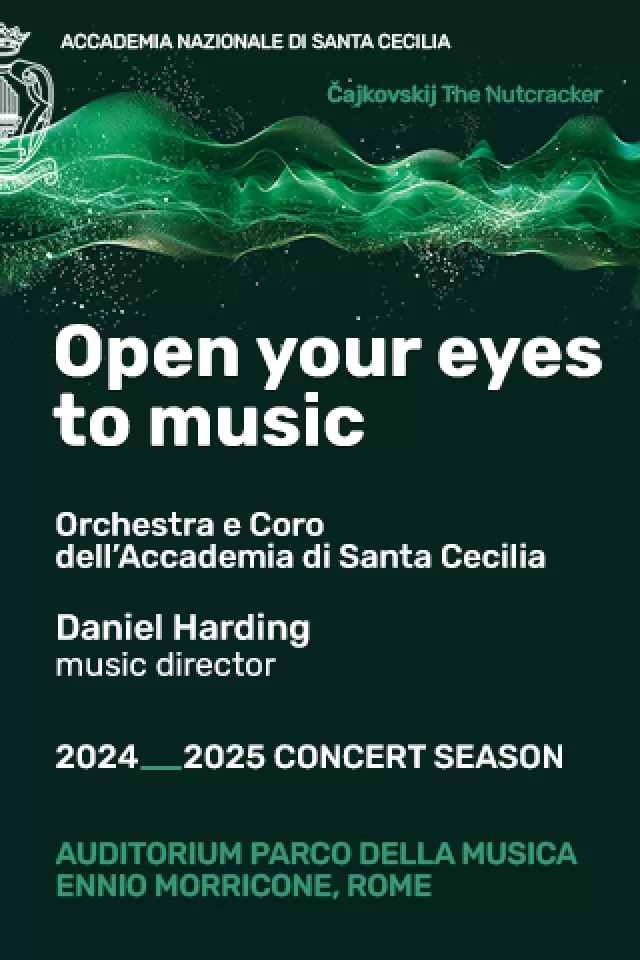Italian polo gains ground
In the central district of Parioli, not far from the bustling chaos of city life, there is a place where the only sound you will hear is the stomping of heavy horses hooves and the distant clacks of wooden mallets hitting a tiny ball in a wide open field. Home to regular events open to public spectators, the Rome Polo Club is where you can witness the elegant beauty of the game of polo in action.
Known as the sport of kings, the 2,500-year-old game is not widespread in Italy, but it is currently enjoying a surge of popularity among both players and spectators. It was first played in Italy in 1915. The Rome Polo Club was founded in 1930, making it the oldest club in the country and assuring Rome the current title of polo capital of Italy. With its low annual rainfall the citys climate is also perfect for the sport. Matches usually take place in the late afternoon as the temperature gradually drops and horses thrive in the pleasant climate of a pitch shrouded in late golden sun.
Polo is a dramatically exciting, fast-paced game. Riders bump and jostle with each other, trying to strike a small ball with a mallet an art that requires the precision of an experienced golfer. The first-time spectator will be impressed by the speed and athletic abilities of both horse and rider. It is a spectacular show of skill.
The object of the game is to score as many goals as possible. There are four players on each team, each of whom assumes a specific position either offensive or defensive. However, the enormous playing field (roughly the size of nine football fields) required for the momentum of the galloping horses and the balls unexpected changes of direction mean positions change continually. There are six periods, known as chukkers, in a normal match, lasting seven minutes each; but in Italian polo there are usually only four chukkers per match. Due to the extreme speed at which the horses gallop and the demands put upon them, players must change mounts after each chukker. Therefore, a team usually has a minimum of 24 horses available.
The horses that take part in the games referred to as polo ponies are all thoroughbred and beautifully groomed to optimise their performance. Leg wraps protect the lower legs of the horse and its mane is usually shorn and its tail plaited, scooped up to make it shorter and held together by three white or yellow bands. All these rituals enhance the speed and safety of the horse and add to the aesthetic beauty of the game. The players dress elegantly, wearing the famous polo shirts (bearing the numbers one to four in the specific teams colour), special white trousers that are usually worn in tournaments, hard hats and goggles.
Polo is traditionally thought of as the sport of the elite, and indeed the process of becoming a member of the Rome Polo Club is not a simple matter. The club currently has 230 members, 34 of whom play polo. Prospective members must submit a written request, accompanied by recommendations from two current members. The enrolment fee is 15,000, and there is an annual fee of 1,000. The good news is that you dont need your own horse to play the game. The club says that it welcomes new members providing they are proficient polo players.
Getting started in the sport is simpler. The Rome Polo Club shares its grounds with the Pony Club, where polo and horseback lessons for both children and adults are available at affordable prices. You can learn on your own horse or alternatively you can hire one for the lesson through the Pony Club.
The importance of starting young is underlined by Simone Chiarella, captain of the Italian national polo team, who has ridden horses most of his life and has been playing polo for about a decade. Polo is a difficult sport to play in Italy as opposed to other countries such as England or the United States, where polo is quite highly developed and practiced from an early age, he says. Italy lacks the infrastructure and there are also very few young players. Chiarella is determined to see Italy become better known for its success in the game. Italy won the European championships in August 2005, a first for Italy in the history of Italian polo, beating renowned teams such as England, he says. I was very proud to have captained the team. The same team, led by myself, will be preparing for the not-too-distant world championships in Mexico City at the end of July/August 2007.
Although Rome currently leads the field, Sardinia is an up and coming place to play and watch polo matches. New pitches are being bought there and, with the help of powerful businessmen such as Tom Barrack, it looks set be a big polo scene in the future. Barrack, a polo patron and good friend of Chiarella, is doing all in his power to bring the game to the island. A marker of his success is the Costa Smeralda Gold Cup, which took place in Sardinia this summer. With the Italians bringing their characteristic passion and enthusiasm for sport to the game, the future for polo in Italy looks promising.
Rome Pony Club, Via dei Campi Sportivi 43, tel. 068088706,
Rome Polo Club, Via dei Campi Sportivi 43, tel. 068070907.
Polo lessons begin in January and fees have yet to be confirmed.

















